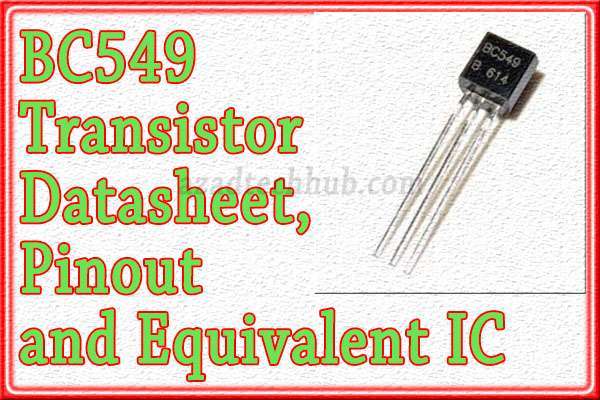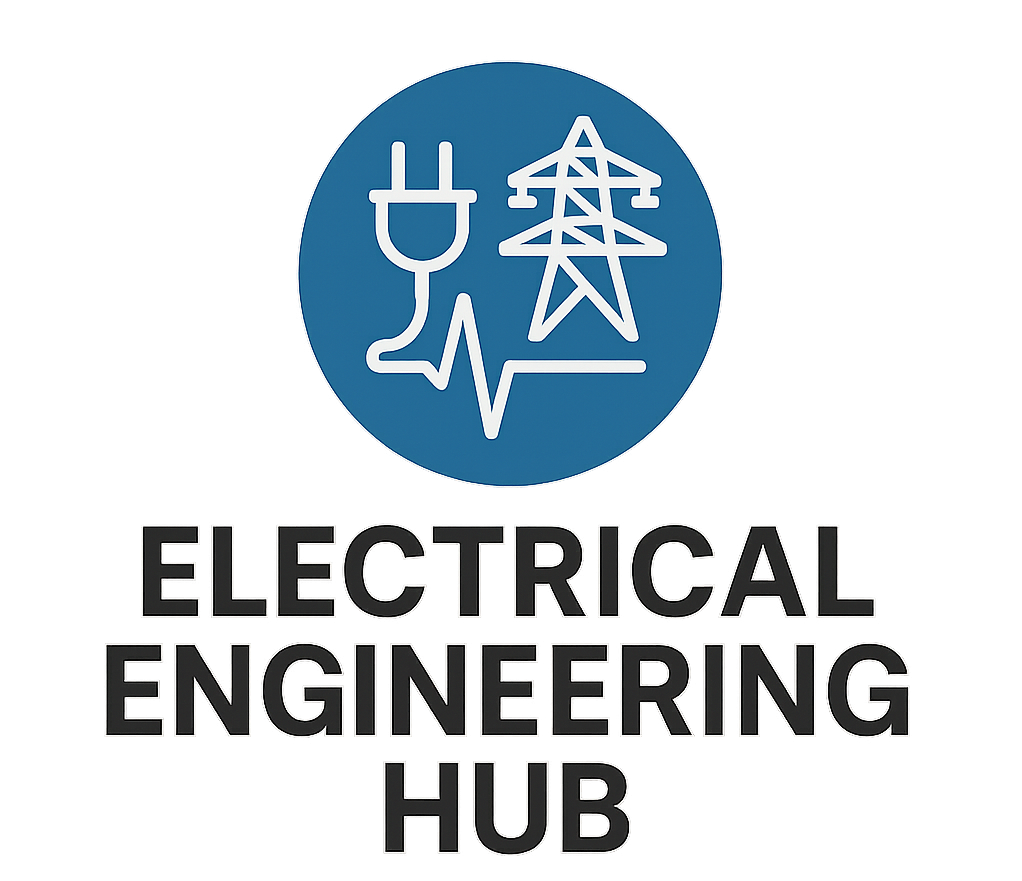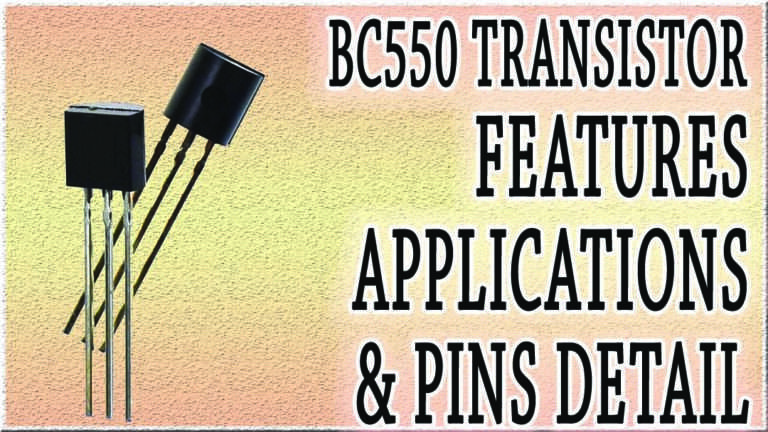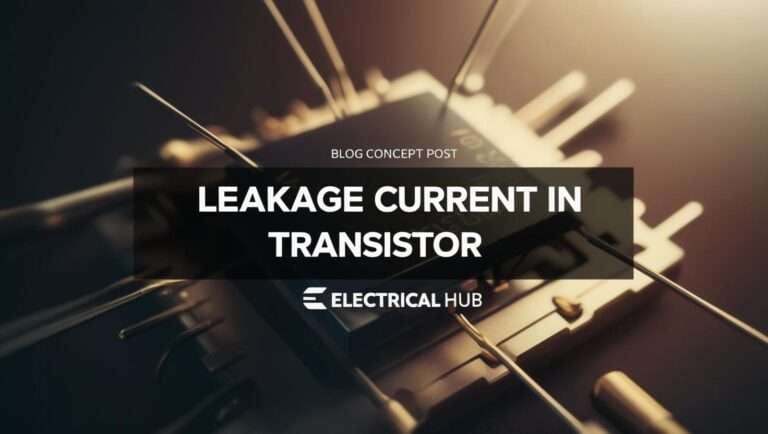BC549 Transistor Datasheet, Pinout and Equivalent
Table of Contents
Introduction
The BC549 transistor is a general-purpose. Which has low-power NPN bipolar junction transistor that is extensively employ in electrical circuits. Its design is for use in low-noise amplifier and switching applications with a maximum collector current of 100mA.
One key feature of the BC549 transistor is its high current gain, which allows it to amplify small signals. This makes it suitable for use in audio amplifiers, voltage regulators, and oscillators. Another advantage of this transistor is its low noise. Which makes it ideal for use in sensitive circuits where noise can degrade performance.

When designing electronic circuits, it’s important to choose the right components for the job. The BC549 transistor is a popular choice due to its versatility and low cost. It can use in a variety of applications, including signal amplification, voltage regulation, and switching.
In summary, the BC549 transistor is a versatile and low-cost component that commonly employs in electronic circuits. Its high current gain and low noise make it ideal for use in a variety of applications. Which include audio amplifiers and oscillators. When designing circuits, the BC549 transistor is often a good choice due to its versatility and performance characteristics.
So, if you are looking for a low-power, general-purpose transistor for your electronic project. The BC549 transistor is definitely worth considering. With its high current gain and low noise. It is a reliable and cost-effective choice for a wide range of applications.
BC549 Transistor Pins Configuration
The BC549 transistor is a three-terminal device with a standard pin configuration. The three pins are the base (B), collector (C), and emitter (E).
The pin configuration of the BC 549 transistor is as follows:
Base (B) pin: The base pin is usually located at the center of the transistor. It denotes by a single dot on the case. This pin controls the flow of current between the collector and emitter, and its signal is amplified by the transistor.
Collector (C) pin: The collector pin is located on one side of the transistor. It denotes by a flat edge on the case. This pin receives current from the power supply and delivers it to the load circuit.
Emitter (E) pin: The emitter pin is located on the opposite side of the transistor from the collector pin. It denotes by a beveled edge on the case. This pin allows the current to flow out of the transistor and into the load circuit.
The pin configuration of the BC 549 transistors is standard. Which means that it is the same for all devices of this type, regardless of the manufacturer. This makes it easy to integrate the transistor into electronic circuits and to use it in a variety of applications.
| BC549 Transistor Pins | Pin Name | Details |
|---|---|---|
| 1 | Collector | Current enters through the collector |
| 2 | Base | Biasing of Transistor is controlled by Base |
| 3 | Emitter | Current leaves transistor through emitter |
Features of BC549 Transistor
Here are some of the key features of the BC549 transistor:
NPN bipolar junction transistor: The BC549 is an NPN transistor. It means that it has a p-type base region sandwiched between two n-type emitter and collector regions.
Low noise: The BC549 design is for low noise applications. Which makes it suitable for use in sensitive circuits where noise can degrade performance.
High current gain: The BC549 has a high current gain, which allows it to amplify small signals. This makes it suitable for use in audio amplifiers, voltage regulators, and oscillators.
Low power consumption: The BC549 designe operates with low power consumption, which makes it ideal for battery-powered applications.
Maximum collector current of 100mA: The BC549 can handle a maximum collector current of 100mA. Which makes it suitable for low-power applications.
Maximum collector-emitter voltage of 30V: The BC549 can handle a maximum collector-emitter voltage of 30V. Which makes it suitable for use in low voltage circuits.
Overall, the BC549 transistors are a versatile and low-cost component that commonly employs in electronic circuits. Its low noise, high current gain, and low power consumption. Which makes it ideal for a variety of applications, including signal amplification, voltage regulation, and switching.
BC549 Transistor Equivalent
There are several transistors that are equivalent to the BC549 transistors, with similar specifications and pin configurations. Some of the most common equivalents of the BC549 transistors include:
BC549C: This is a complementary version of the BC549 transistor, with similar specifications and pin configuration. It has a maximum collector current of 100mA and a maximum collector-emitter voltage of 30V.
BC549B: This is another complementary version of the BC549 transistor, with slightly higher current gain and lower noise compared to the BC549C. It has a collector current maximum of 100mA and a collector-emitter voltage maximum of 30V.
2N3904: This is an NPN bipolar junction transistor that is similar to the BC549 in terms of specifications and pin configuration. It has a collector current maximum of 200mA and a collector-emitter voltage maximum of 40V.
PN2222: This is another NPN bipolar junction transistor that is equivalent to the BC549 transistor. It has a maximum collector current of 600mA and a maximum collector-emitter voltage of 30V.
Overall, these equivalent transistors can be used as direct replacements for the BC549 transistor in electronic circuits, depending on the specific application requirements.
BC549 Transistor as a Switch
BC549 transistor can be used as a switch in electronic circuits. When used as a switch, the transistor operates in either cutoff mode (fully OFF) or saturation mode (fully ON) depending on the voltage level applied to its base terminal.
To use the BC549 transistor as a switch, it is connected in a common-emitter configuration. In this configuration, the collector is connected to the load (e.g. LED, motor, or relay), the emitter is connected to ground, and the base is connected to the control signal.
When the control signal applied to the base is low (0V), the transistor is in cutoff mode, and the collector current is zero. When the control signal is high (above the transistor’s threshold voltage), the transistor switches to saturation mode, and the collector current flows through the load circuit.
To ensure that the transistor operates as a switch, it is important to choose the appropriate base resistor that limits the current flowing through the base and ensures that the transistor is not damaged. The value of the base resistor can be calculated based on the specifications of the transistor and the load circuit.
Overall, using the BC549 transistor as a switch is a common application in electronic circuits, and it can be used to control a wide range of loads with relatively low power consumption.
Follow us on LinkedIn”Electrical Insights” to get the latest updates in Electrical Engineering. You can also Follow us LinkedIn to see our latest posts.




